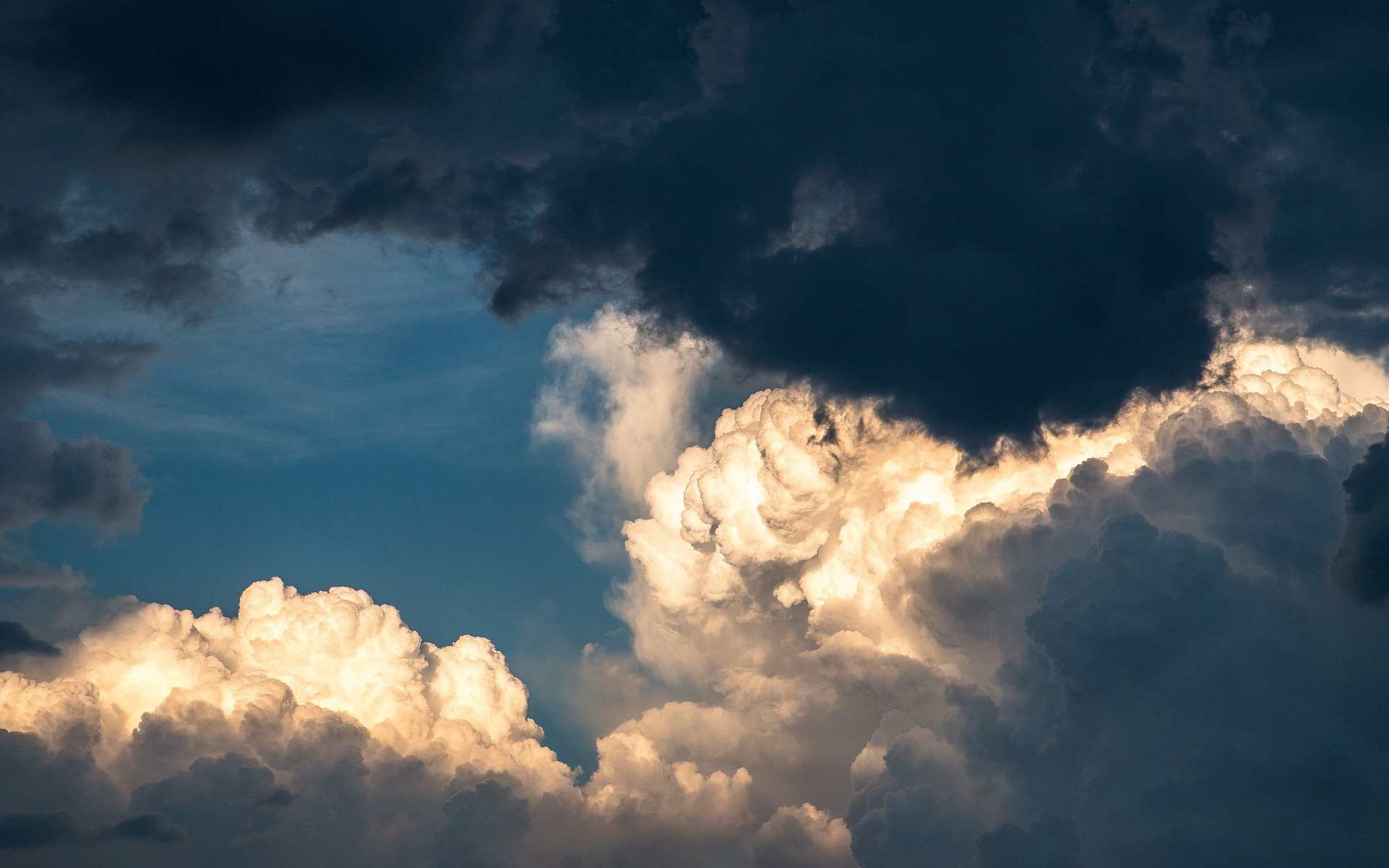News release
From:
Changes in Southern Hemisphere circulation
Changes in atmospheric circulation linked to the recovery of the ozone layer in the Southern Hemisphere are reported in a paper in Nature. The research into these changes suggests that this effect is a direct result of the implementation of the Montreal Protocol.
Human-generated emissions of ozone-depleting substances have contributed to a decline in ozone, which has caused changes in atmospheric circulation in the Southern Hemisphere. The main effects include a poleward shift of the mid-latitude jet stream and the expansion of both tropical circulation and the subtropical dry zone. These changes have been shown to have impacted precipitation and have potentially affected ocean circulation and salinity in the Southern Hemisphere.
Antara Banerjee and colleagues use 1980–2017 atmospheric reanalyses ― a combination of data and modelling ― to show that these trends have paused or reversed since around the year 2000. For example, they found that the Southern Hemisphere jet stream moved poleward until 2000, when it seemed to pause. This timing coincides with Antarctic ozone recovery around the year 2000 and suggests that the decline in ozone-depleting substances, as mandated by the Montreal Protocol, may be responsible for the pause in circulation trends.
These findings indicate that the Montreal Protocol may have also affected other aspects of the Earth system, although the authors note that as carbon dioxide emissions continue to rise, it is unclear whether the pause in atmospheric circulation trends will continue
Expert Reaction
These comments have been collated by the Science Media Centre to provide a variety of expert perspectives on this issue. Feel free to use these quotes in your stories. Views expressed are the personal opinions of the experts named. They do not represent the views of the SMC or any other organisation unless specifically stated.
Professor Ian Rae is an expert on chemicals in the environment from the School of Chemistry at the University of Melbourne. He was also an advisor to the United Nations Environment Programme on chemicals in the environment and is former President of the Royal Australian Chemical Institute
Depletion of the stratospheric ozone layer has always been presented to us under two headings: we have caused the problem by using industrial chemicals that leak into the atmosphere; and less ozone means we are exposed to more of the harmful UV radiation.
But there's more. Atmospheric scientists know that there is a connection between what's going on in the ozone layer and the way air moves from west to east around the southern hemisphere. If you have had a fast trip home from Perth, you would know about the jet stream. And we know that Melbourne's weather, especially our rain, mostly comes from the west and south-west. The 'weather bands' that bring our cold fronts have been narrowing towards the south pole, and that's why southern Australia has experienced decreasing rainfall over the last thirty years or so. If the ozone layer is recovering, and the circulation is moving north, that's good news on two fronts (pun not intended).



 Australia; International; NSW; VIC
Australia; International; NSW; VIC



